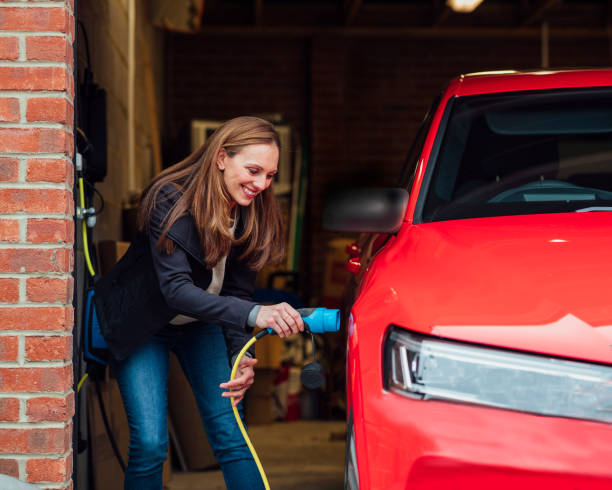Installing an electric vehicle (EV) charger at home is a significant step towards embracing the future of sustainable transportation. However, before you take this leap, there are several important factors to consider.
Firstly, it’s crucial to understand that not all EV chargers are created equal. There are three levels of EV charging equipment: Level 1, Level 2, and DC Fast Charging. Level 1 chargers can be plugged into a standard electrical outlet and typically deliver two to five miles of range per hour of charging. In contrast, Level 2 chargers require a dedicated circuit and can provide ten to sixty miles per charge hour. DC Fast Chargers offer the fastest charging speed but require specialized high-power equipment making them less viable for residential use.
Secondly, you need to evaluate your daily driving habits and charging needs. If your daily commute is short or if you have ample time for overnight charging, a Level 1 charger may suffice. Conversely, if you frequently take long trips or need quicker turnaround times between charges—a Level 2 charger would be more suitable.
Thirdly, consider the installation process itself which involves electrical work; hence hiring a professional electrician is recommended even though some handy homeowners might be tempted to do it themselves. The installer should assess your home’s existing electrical system capacity as adding an EV charger could significantly increase your home’s power load.
Another essential aspect is understanding how installing an EV charger will impact your electricity bill since running an EV does increase household energy consumption substantially in most cases. Some utilities offer special rates for EV owners who charge during off-peak hours so make sure to check with your local utility provider about such programs.
Moreover, location plays a pivotal role in planning for an EV charger installation at home—both from convenience and safety perspectives. Ideally install the unit close to where you park your vehicle but also ensure it’s protected from elements like rain or snow if installed outdoors.
Lastly yet importantly, look into potential incentives or rebates offered by your local government or utility company for installing EV chargers. These can help offset some of the installation costs making it more affordable.
In conclusion, while installing an EV charger at home is a significant investment in terms of cost and time—it’s a wise one considering the long-term benefits like convenience, fuel savings, reduced carbon footprint among others. However, to ensure that you’re making an informed decision—understand the different types of chargers available, assess your charging needs based read on driving habits, plan for professional installation ensuring safety and compliance with electrical standards, factor in increased energy costs and explore potential incentives or rebates.

